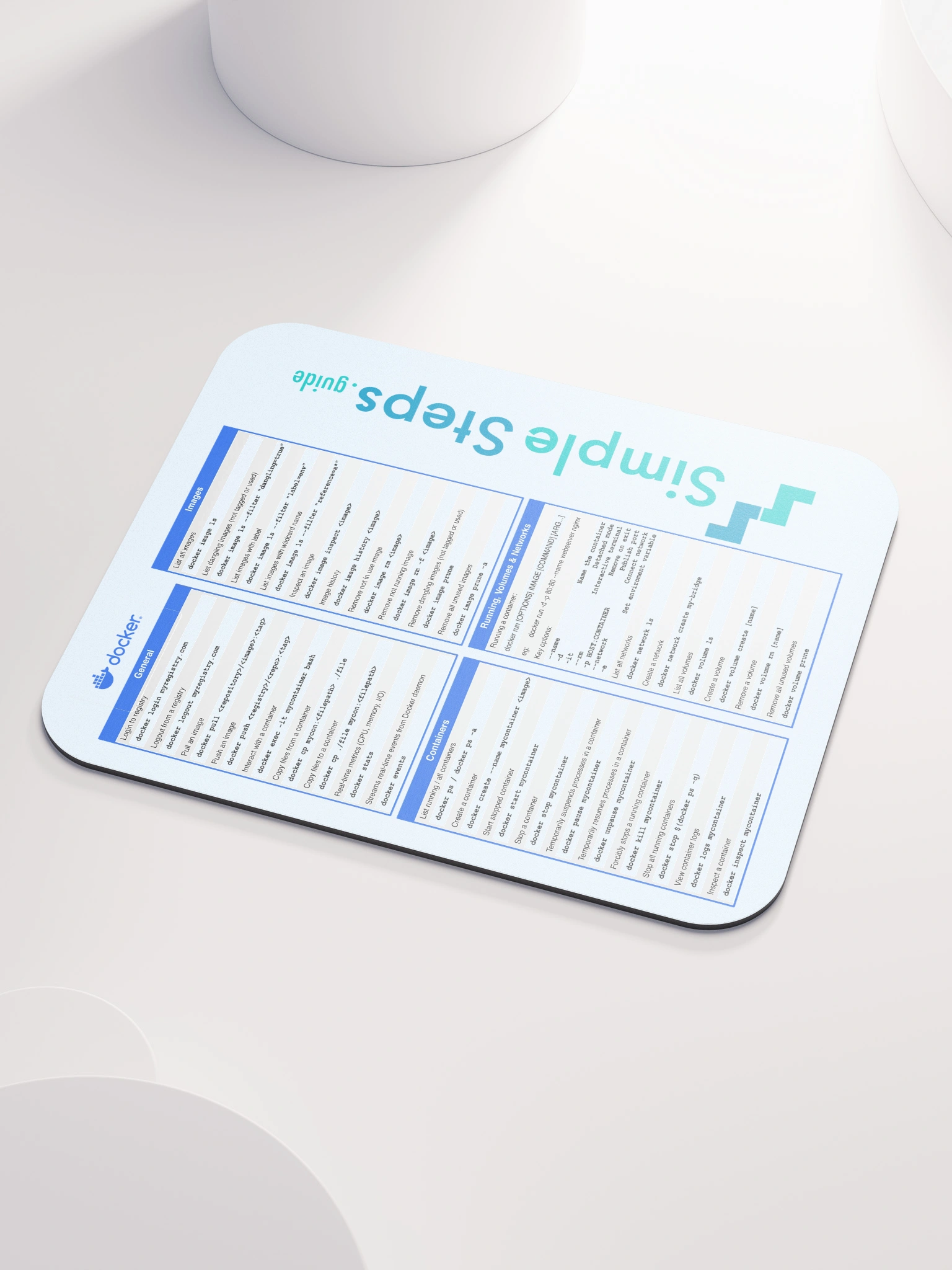What are APIs?
API - Application Programming Interface
2 min read
This section is 2 min read, full guide is 16 min read
Published Sep 24 2025
8
Show sections list
0
Log in to enable the "Like" button
0
Guide comments
0
Log in to enable the "Save" button
Respond to this guide
Guide Sections
Guide Comments
API
What is an API?
API stands for Application Programming Interface. At its core, an API is a set of rules that allow two pieces of software to talk to each other.
- The client (like a website or mobile app) makes a request.
- The API defines how that request should look.
- The server processes it and sends back a response.
APIs are the language of modern software systems. They allow applications to:
- Communicate efficiently,
- Stay modular,
- Scale across platforms,
- And integrate into the wider digital ecosystem.
Why Are APIs Important?
APIs have become the connective tissue of the digital world. Some reasons:
- Integration → APIs let systems share data.
- Abstraction → Developers don’t need to know the internal logic, just the rules.
- Reusability → One backend can serve multiple clients (web, mobile, IoT).
- Innovation → Companies expose APIs so others can build on top of their services.
In short: APIs make the modular, interconnected software ecosystem we use every day possible.
How APIs Work
APIs usually work via a request–response cycle:
- Request: The client sends a message to the API (e.g., “Give me all the posts from user 123”).
- Processing: The server receives the request, processes it, and retrieves the data.
- Response: The API sends structured data back to the client.
Types of APIs
Over time, different API styles have emerged to solve different problems:
- SOAP (Simple Object Access Protocol)
- REST (Representational State Transfer)
- GraphQL
- gRPC
- RPC (JSON-RPC, XML-RPC)
- OData
- WebSockets
A section for each of these types is part of this guide.
Benefits and Challenges
Benefits:
- Faster development.
- Easier integrations.
- Scalability across platforms.
- Encourages innovation (API ecosystems).
Challenges:
- Security concerns (authentication, rate limiting).
- Versioning & compatibility (keeping old clients working).
- Performance (especially with heavy payloads).
- Governance (monitoring and managing large API systems).














